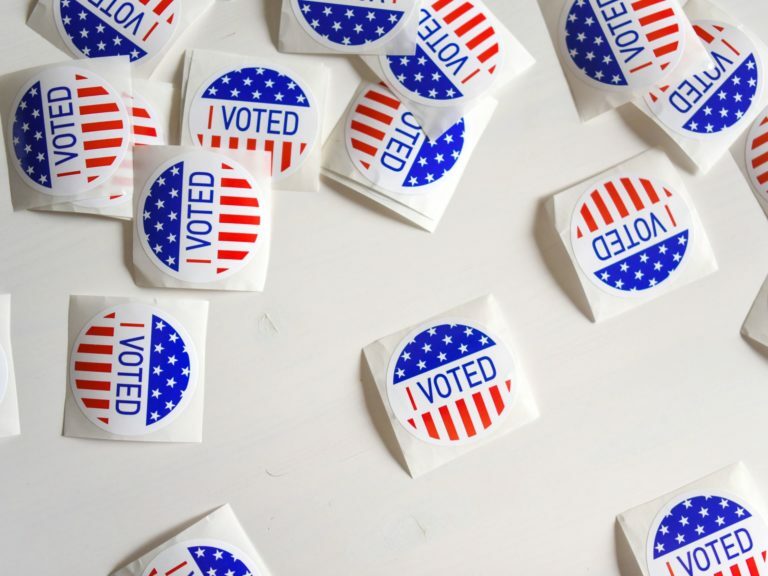Black Friday and Cyber Monday (also known as Cyberweek) has been driving consumer behavior for decades and is one of the largest sales peaks of the year for most brands. Consumers are primed to purchase ahead of the holiday season and with the promise of deals in the air. And as you know, brands spend months preparing for this peak shopping moment—and we’re here to help.
When it comes to reaching your target audience, Refuel is the audience expert. With over 30 years of experience and proprietary consumer research, we’re equipped to help you drive results this Cyberweek season.

Read next: What Is Cause Marketing, and How Does it Drive Brand Loyalty?
Read next: Four Tips for a Holiday Cause Marketing Campaign That Stands Out
When does Black Friday and Cyber Monday advertising start?
While technically Black Friday only spans the 24 hours after Thanksgiving, at this point, the advertising window has grown to span a much longer timeframe. Black Friday season can start at the beginning of November, if not sooner, and it stretches into early December with sales following Cyber Monday.
When you begin your Cyberweek advertising is largely dependent on your brand. Many brands launch ads early November to entice early holiday shoppers, in addition to accounting for unpredictable delivery times pre-holiday season. On the other hands, some brands stick to the traditional Black Friday through Cyber Monday sales period, running deals for a shorter amount of time.
Read next: The Top 8 Types of Cause Marketing Campaigns
Most Black Friday + Cyber Monday shopping will happen online
The COVID-19 pandemic left a lasting imprint on consumer behavior—one of the imprints being the massive shift to online shopping over in-store shopping. While brick and mortar stores still certainly serve their purpose, the days of never-ending lines starting in the wee hours of the morning may be over as more and more consumers opt for online deals according to recent eCommerce statistics.
Read next: Cause Marketing: What Brands Must Research Before Supporting a Charity
Cause marketing Black Friday trends for 2022:
- Consumers are more likely to make a purchase if it’s for a good cause
In 2010, companies put $1.6B into cause marketing, and nonprofits put in $7.6B—this combined means there’s a $9 billion plus sector focused on getting the attention of consumers through cause-related marketing.
A study from Mintel shows that in non-crisis times, nearly 73% of Americans say a company’s charitable giving affects their purchase decisions, while 84% of consumers place importance on a company’s support for a charitable cause. The study also found that customers with emotional relationships with a brand have more than 300% the lifetime value as those who don’t, and will be 26% more likely to recommend that brand to others.
Another study from Cone Cause Evolution found that 87% of consumers would switch from one brand to another if another brand were associated with a good cause.
In 2022, the way to win consumers over is through aligning with the causes that matter to them.
- Everyone wants to be a part of something—and cause campaigns are no different
A huge component of creating a Black Friday cause campaign that consumers can be excited about is making it easy and accessible for them to participate. If the barrier to entry is too steep, your customers will lose interest and your campaign will flop.
So the key is removing any and all friction that may be in the way. For example, Amazon has used their voice assistant, Alexa, to help raise money for Toys for Tots. They encouraged Alexa users to simply say, “Alexa, donate to Toys for Tots,” and Alexa presents a selected toy to donate.
Provide everything customers could possibly need to participate. Create fun graphics your customers will want to share on social media, set up a donation tracker on your website so your audience can be motivated by the donations accumulating, shout out donors names—and the list goes on.
- Enlist the power of omnichannel marketing strategies
An omnichannel marketing strategy places the customer at the center of their shopping experience, ensuring a unified shopping experience at every touch point. While a multichannel approach views more marketing channels as more ways to reach the customer, the omnichannel approach views more channels as a way to remove friction and increase consistency—which in turn, builds brand loyalty.
Research shows that companies that prioritize the customer experience generate 60% higher profits than their competitors. And, we know that companies with well-defined omnichannel marketing strategies achieve a 91% higher year-over-year increase in customer retention rate on average (compared to companies without this strategy in place). Take a look at our services to see how our omnichannel strategies can boost your return this holiday season.
—
Black Friday is an opportunity to connect with your target consumers for longer—especially during a time when consumers are looking to create a meaningful holiday experience when it matters most.
Ready to reach your target audience with data-driven hyper-targeting? Contact us today—before Black Friday season is over!



